ICEONLINE
Coursework of ISDN 2200 Systems Thinking and Design
About
This is a mandatory design course project that requires us to work with HK TRAMWAYS, a local tram company providing tram rides on Northern Hong Kong Island. It’s director actually came to our lecture to brief us about the current status of their service: long history with heritage, gradually replaced by HK MTR, moves super slow, customers consist of mostly elderlies… Anyway, I recommend you to take a ride if you travel to Hong Kong. One thing that I found particularly strange or interesting is that you enter from the rear door through 2 turnstiles, and pay the fare before you hop off at the front door.
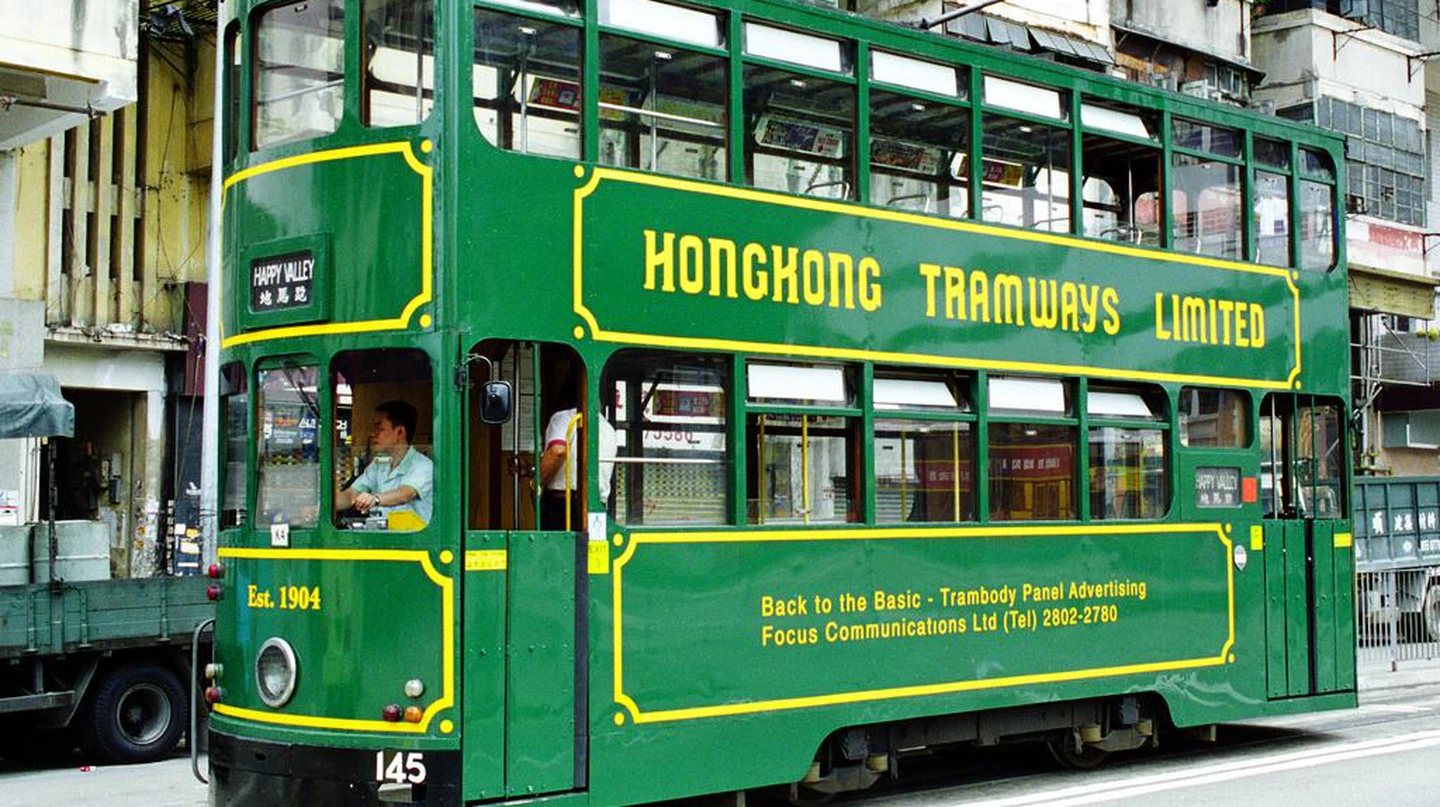
And our goal is to improve the current riding experience in either of the 2 aspects (themes):
- Ventilation (in a green way, without using any air conditioner)
- Passenger Flow (within current carriage dimension)
The whole class was then split into groups of 3, and our group, Zhongyue (Alice) Guan, Yinzhe (Shaun) Xu and I, chose Passenger Flow, with a focus on providing a convenient, fluent and friendly passenger experience on the local tram.
Design Process
Everyone in the class was required to take a tram ride and record the experience, then reflect it as a System Thinking Map that captures customer needs, features, and existing experiences.
Some people may wonder why there’s handwriting & drawing on this map, but as stressed by so many designers, handwriting & drawing gives us the freedom and convenience of thinking, as opposed to typing & modeling which might be limited by the hardware/software. This is quite reasonable to many designers, but often counter-intuitive to most engineers.
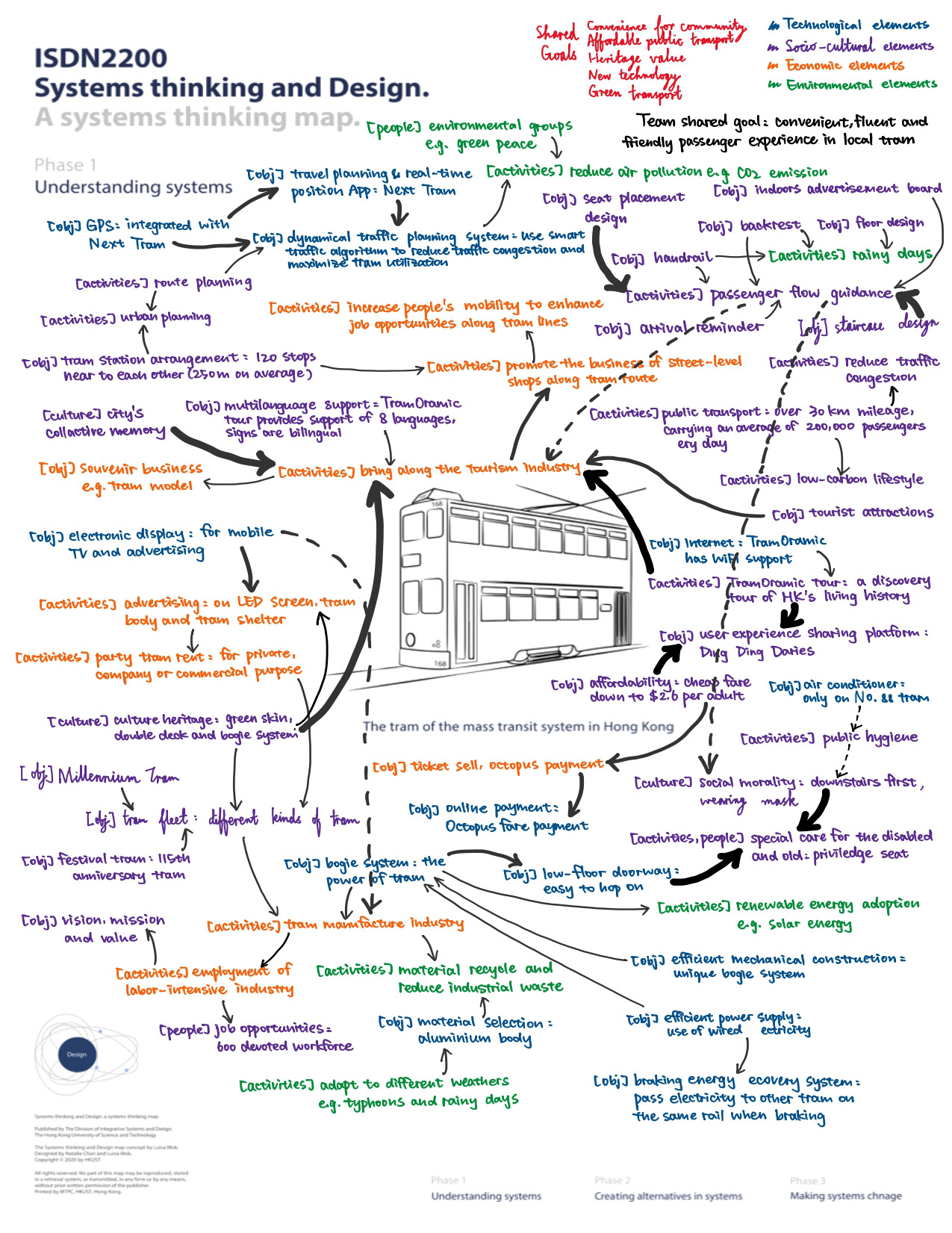
Key insights:
- Passengers can only move in one direction in either upper/lower decker once entered, and it’s difficult to go downstairs if they see no seats available upstairs. This causes congestion for passengers standing in the middle.
- Climbing staircases is a disastrous experience, especially when the tram is moving. It’s super easy to get hurt, and my head was hit many times when I tried to climb up/down.
- Congestions when getting on/off the tram.
- Sitting passengers’ feet being stepped on.
We then extract primitive design ideas and make full-scale & scale-down cardboard models to improve the experience.
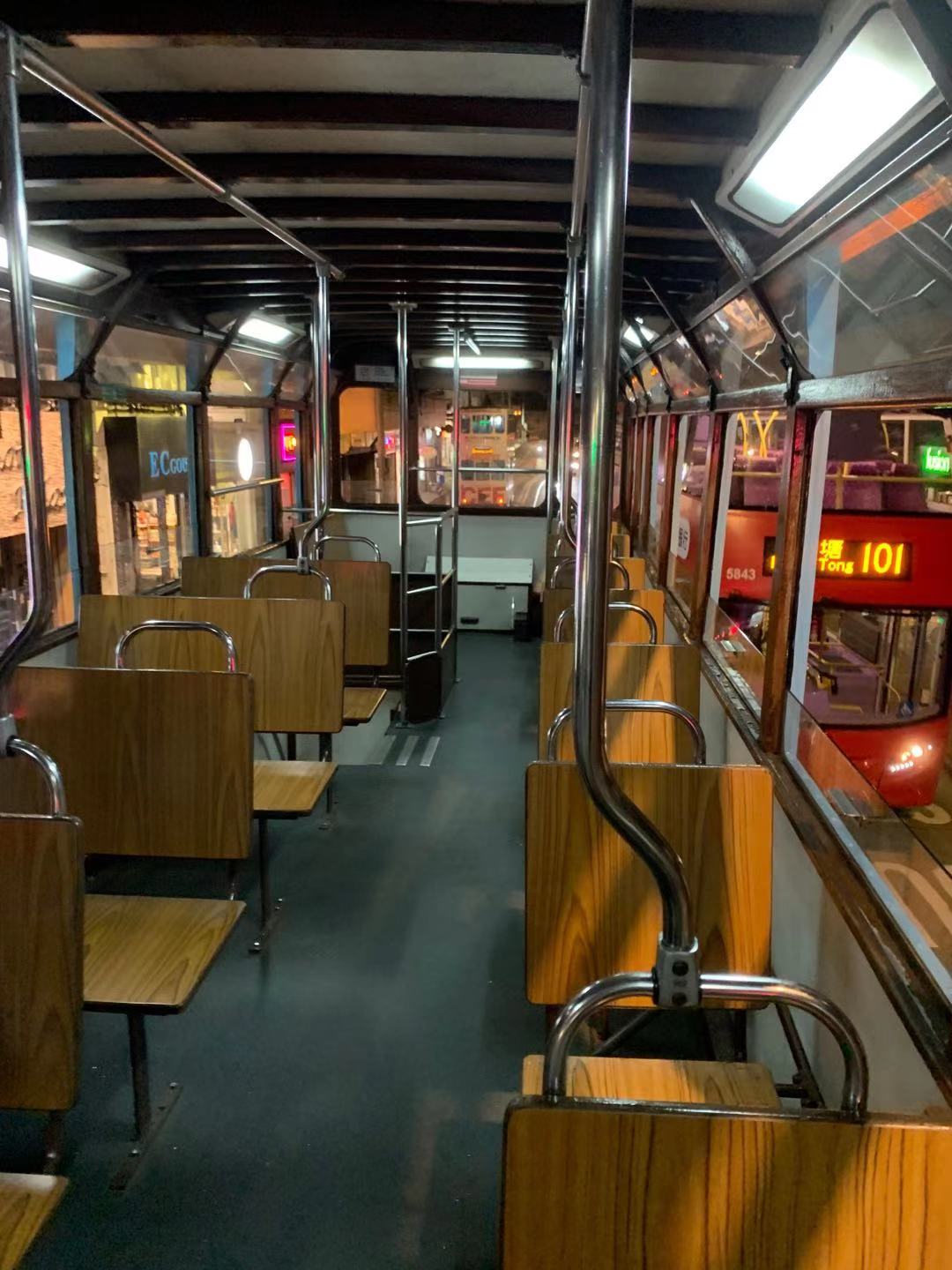
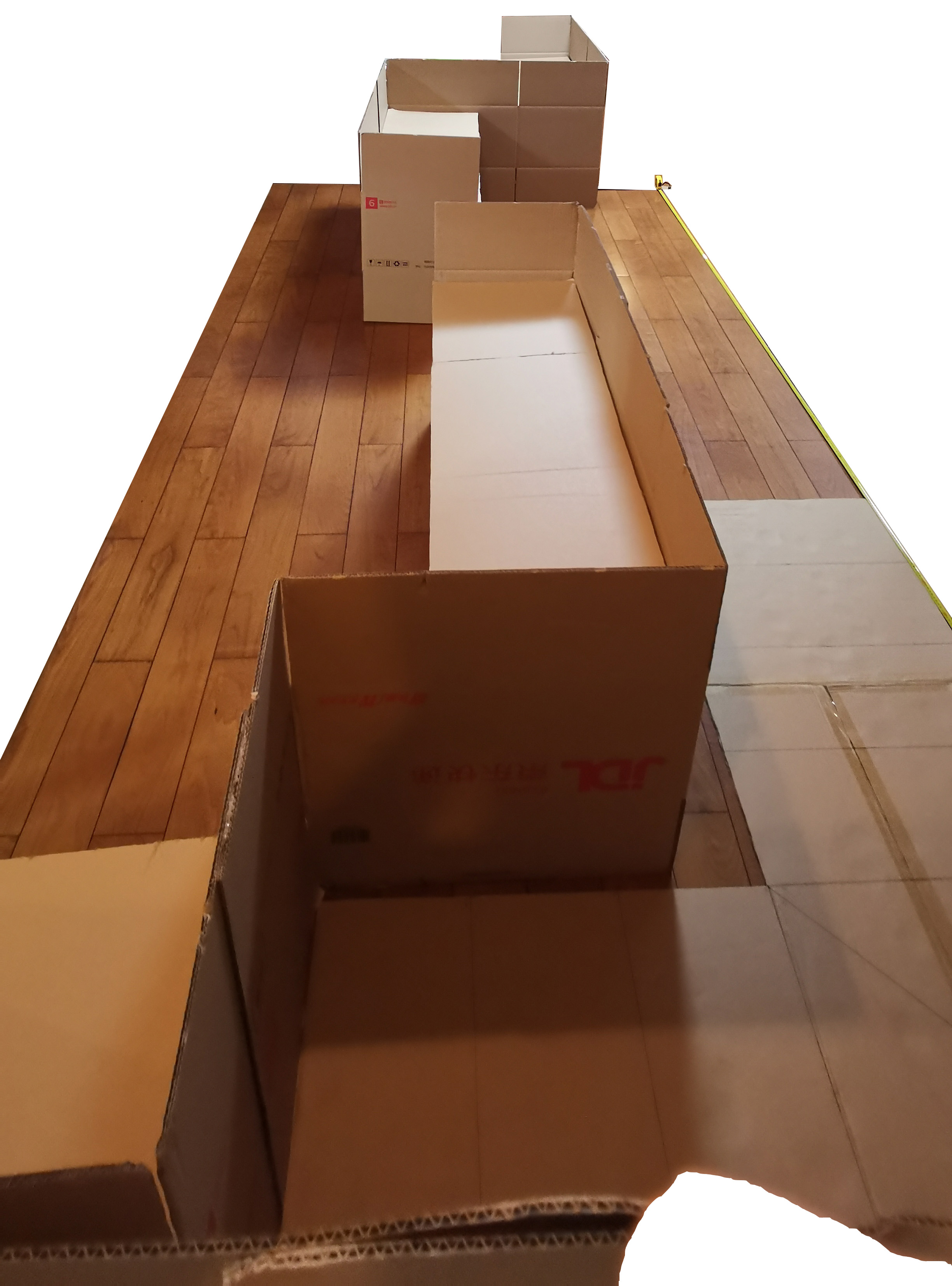
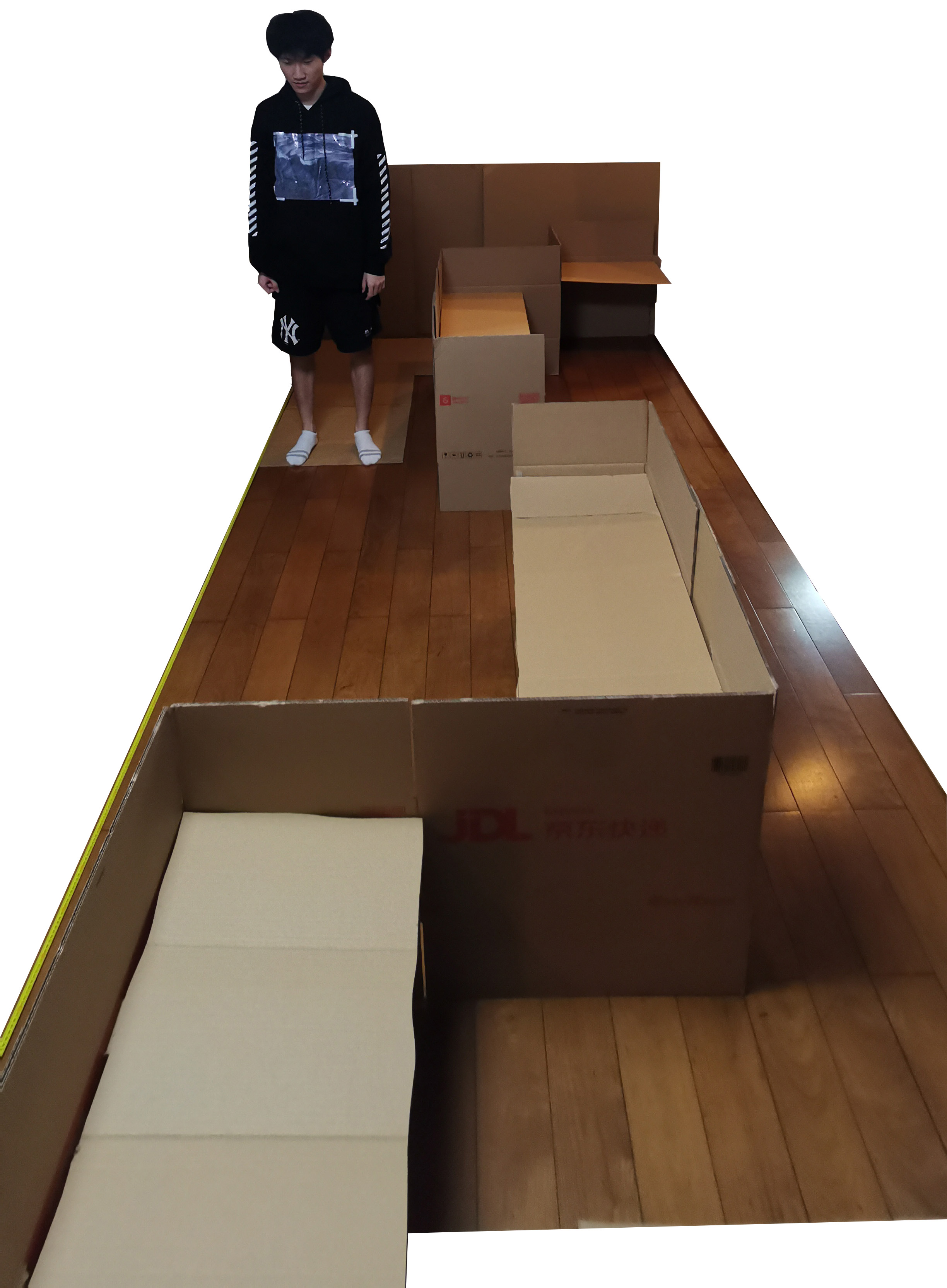
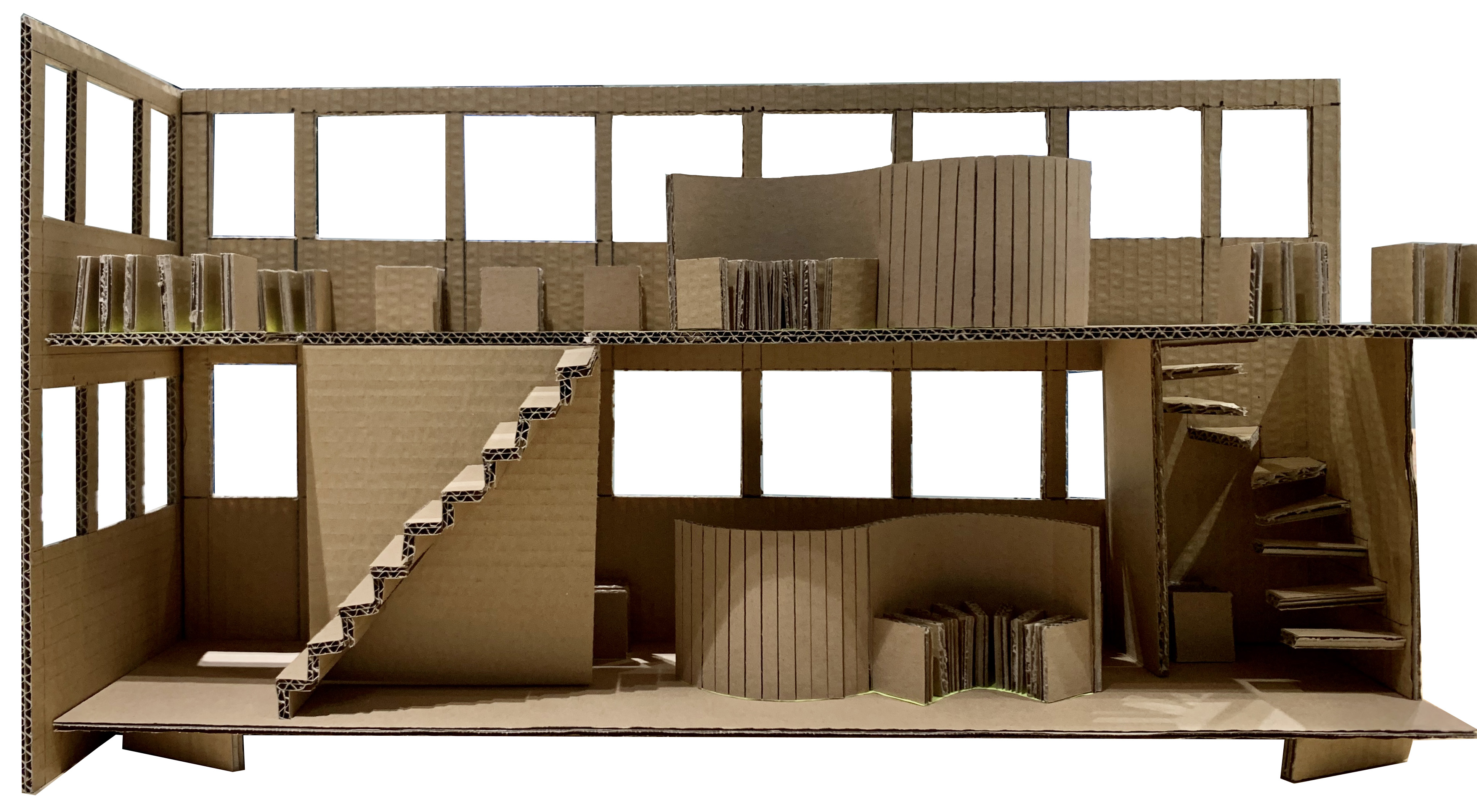
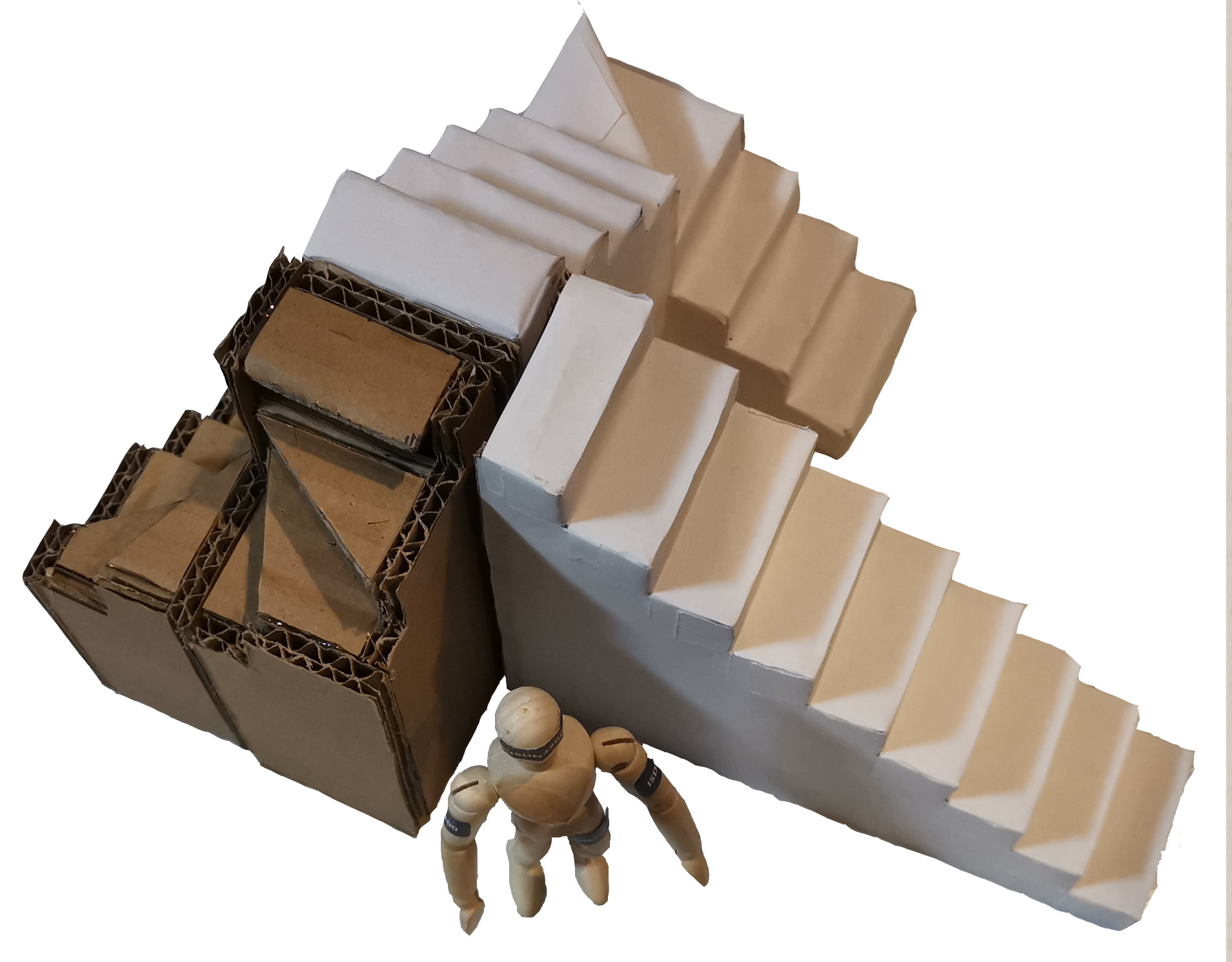
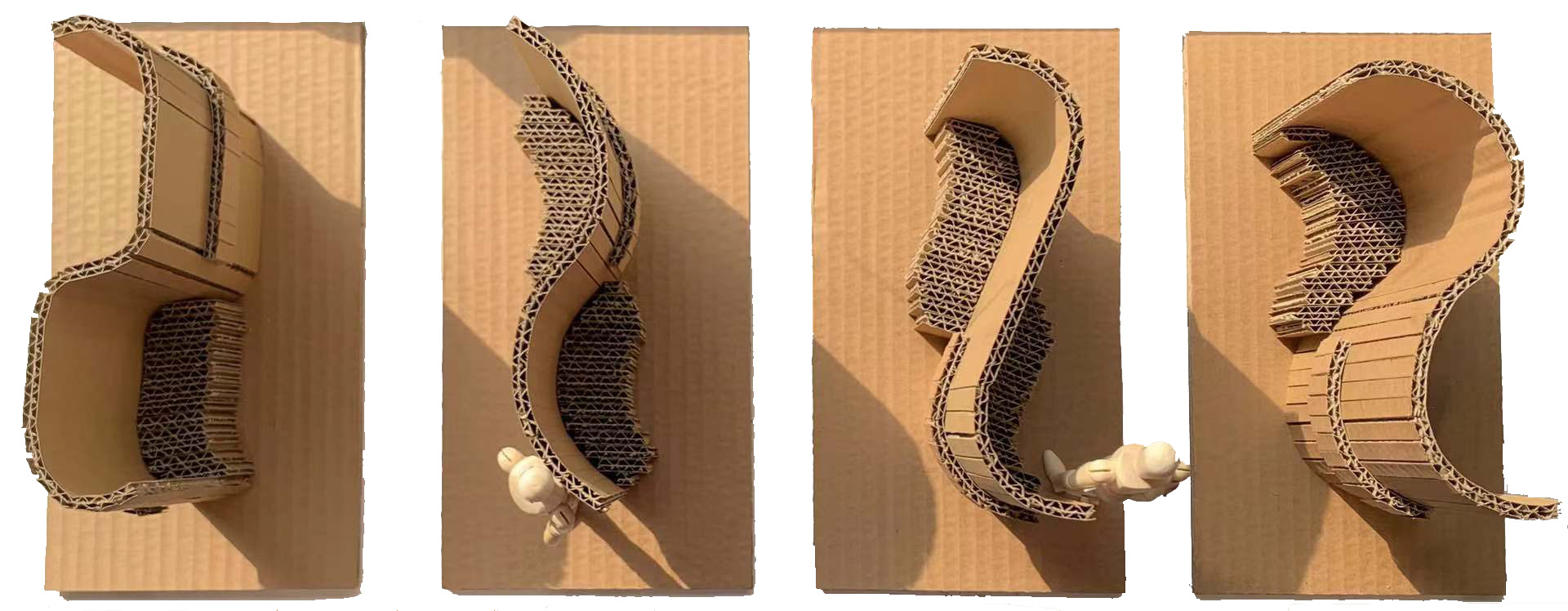
We then use this as a design probe to get advice from the instructor and passengers, and had the following feedback:
- The S-shape bench is a good design since it can guide the passenger flow and prevent congestion in the middle.
- Straight staircases at the front door improve the experience.
- Think more about elderlies as they are the main users.
Based on this, we made some changes, modeled our design using SolidWorks, and assembled the final model using acrylic board and 3D printings.
Final Results
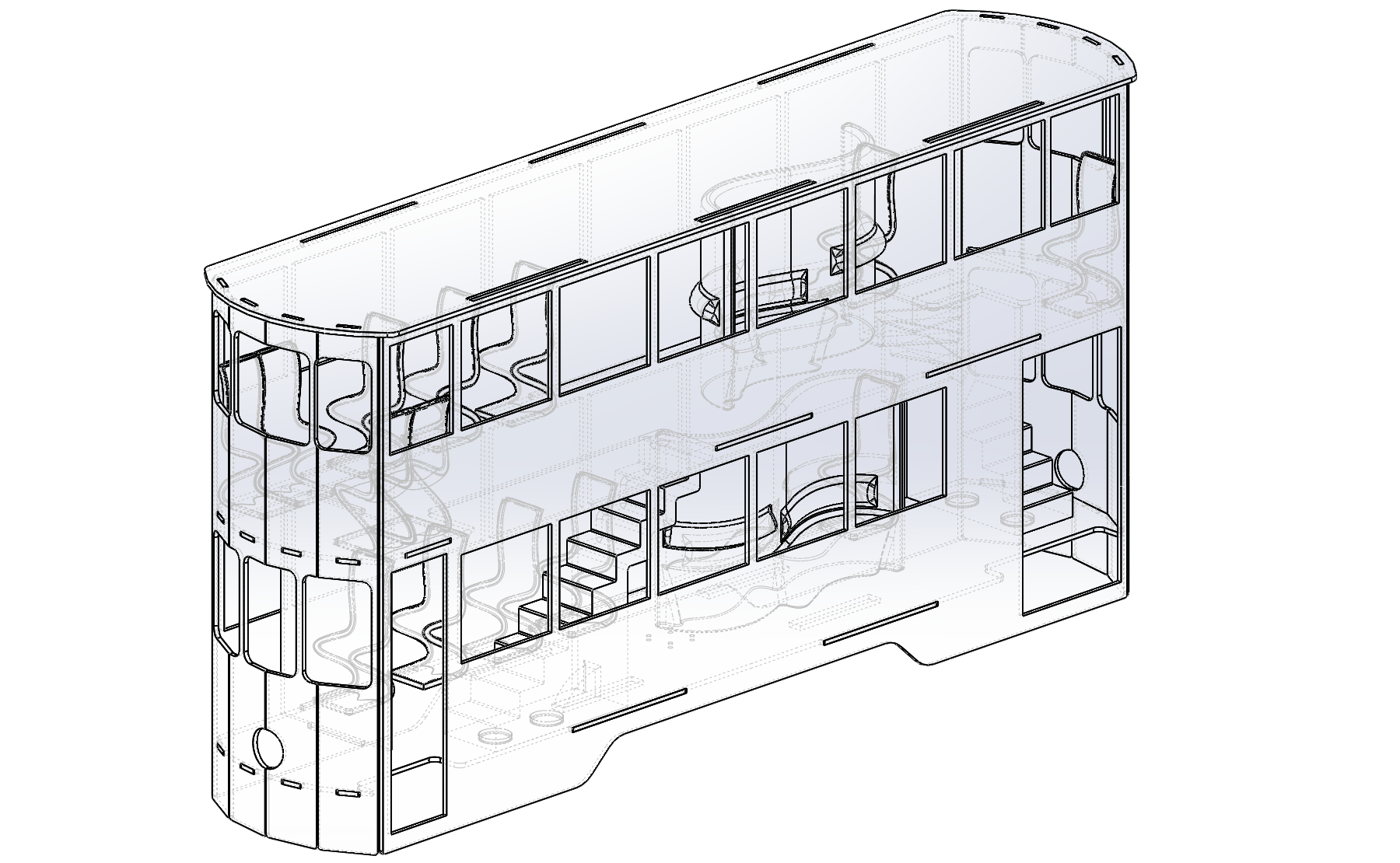
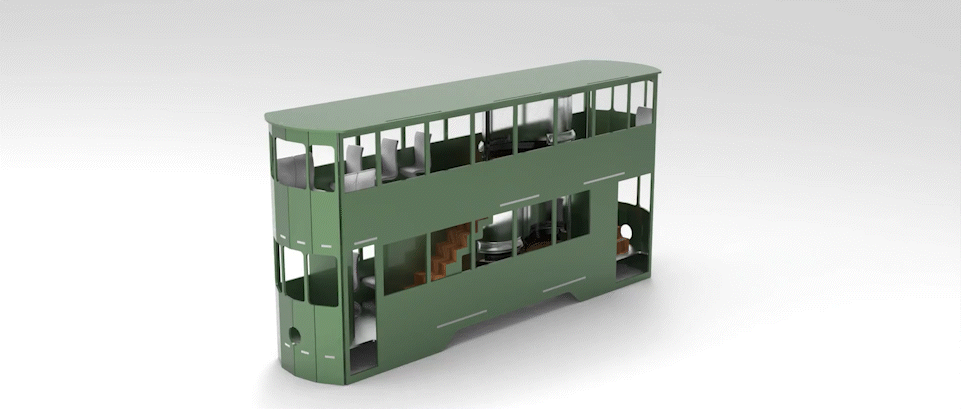
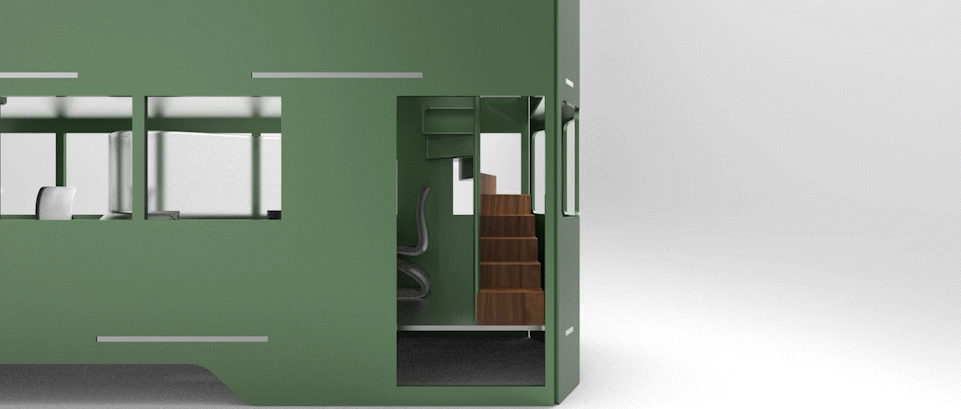
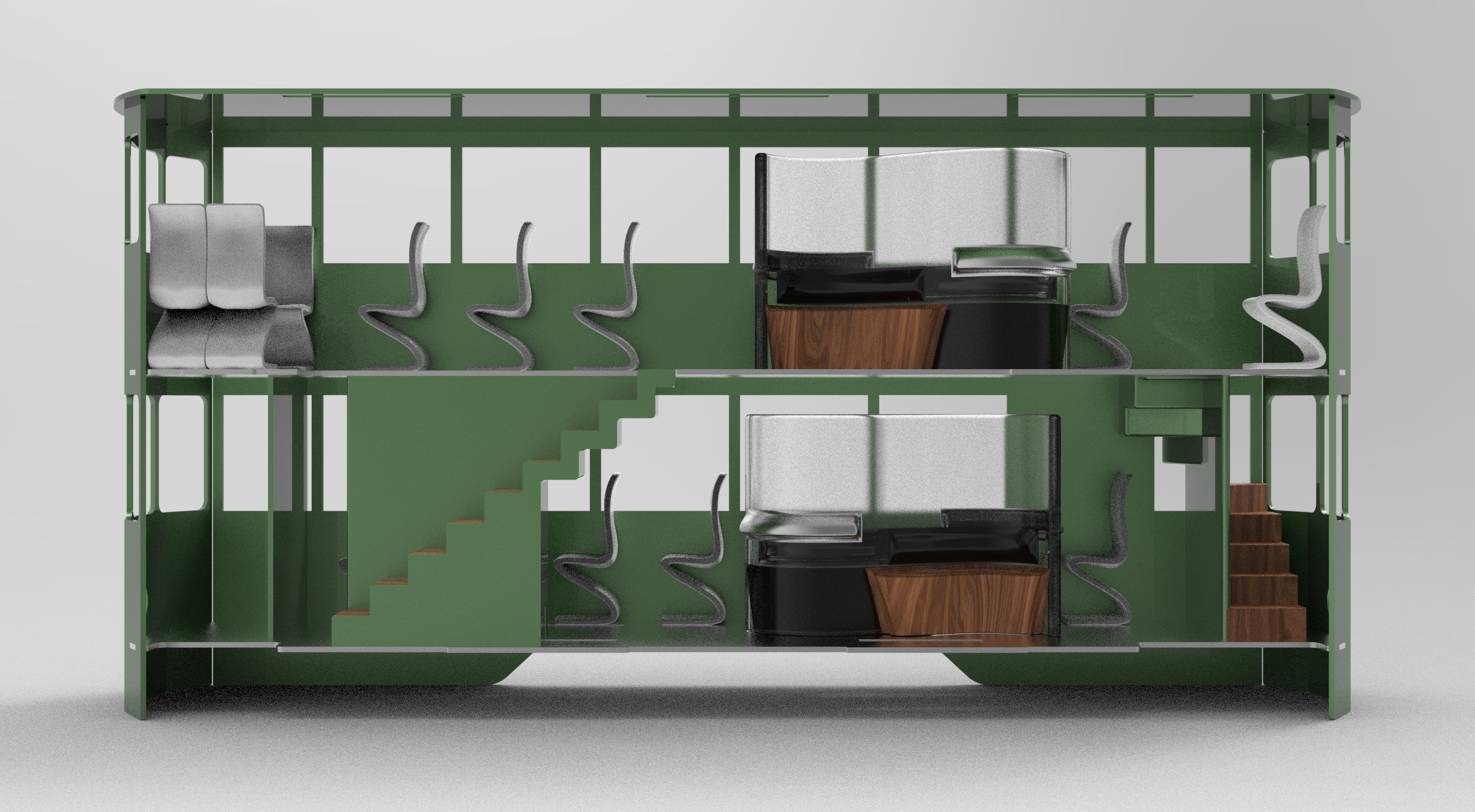
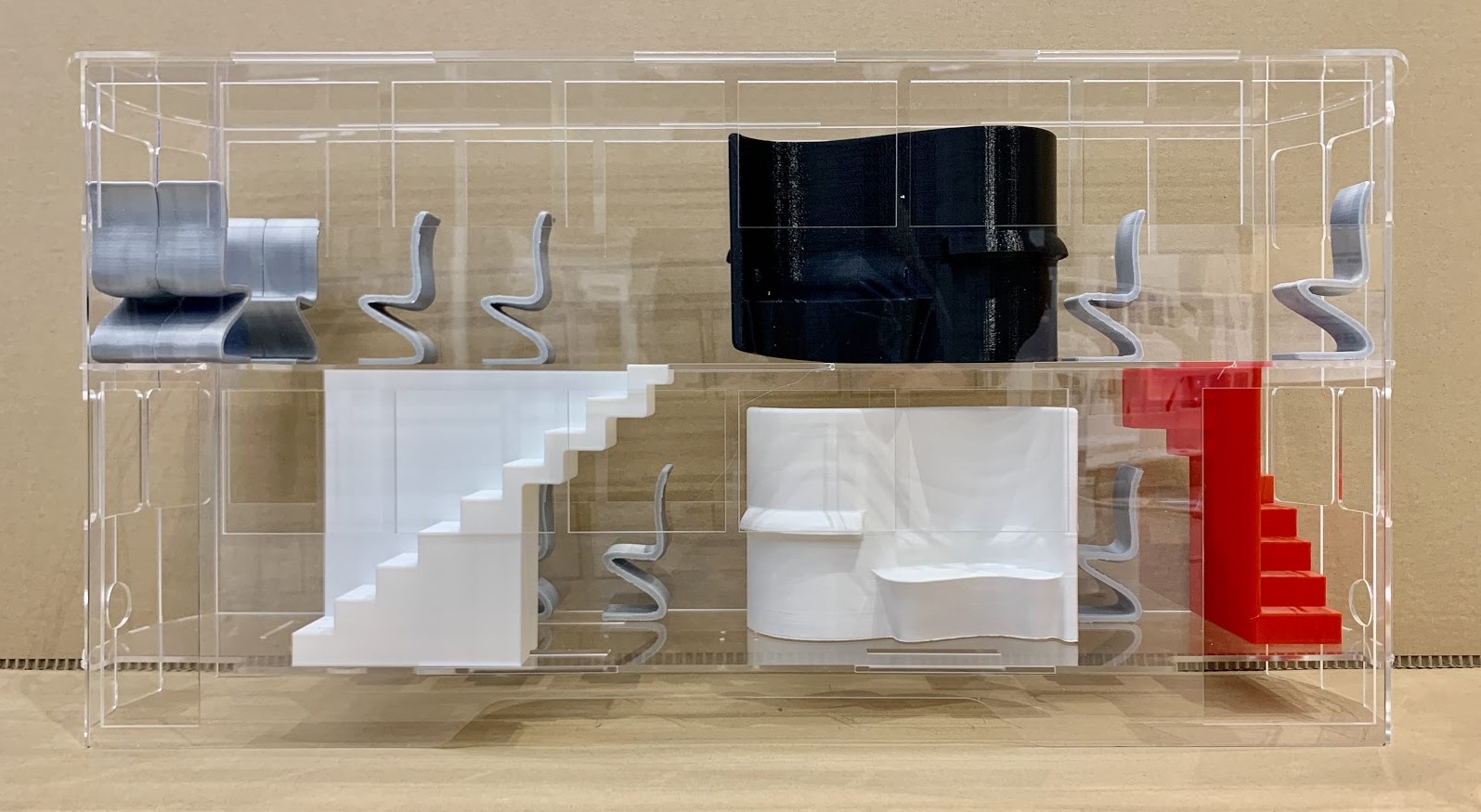
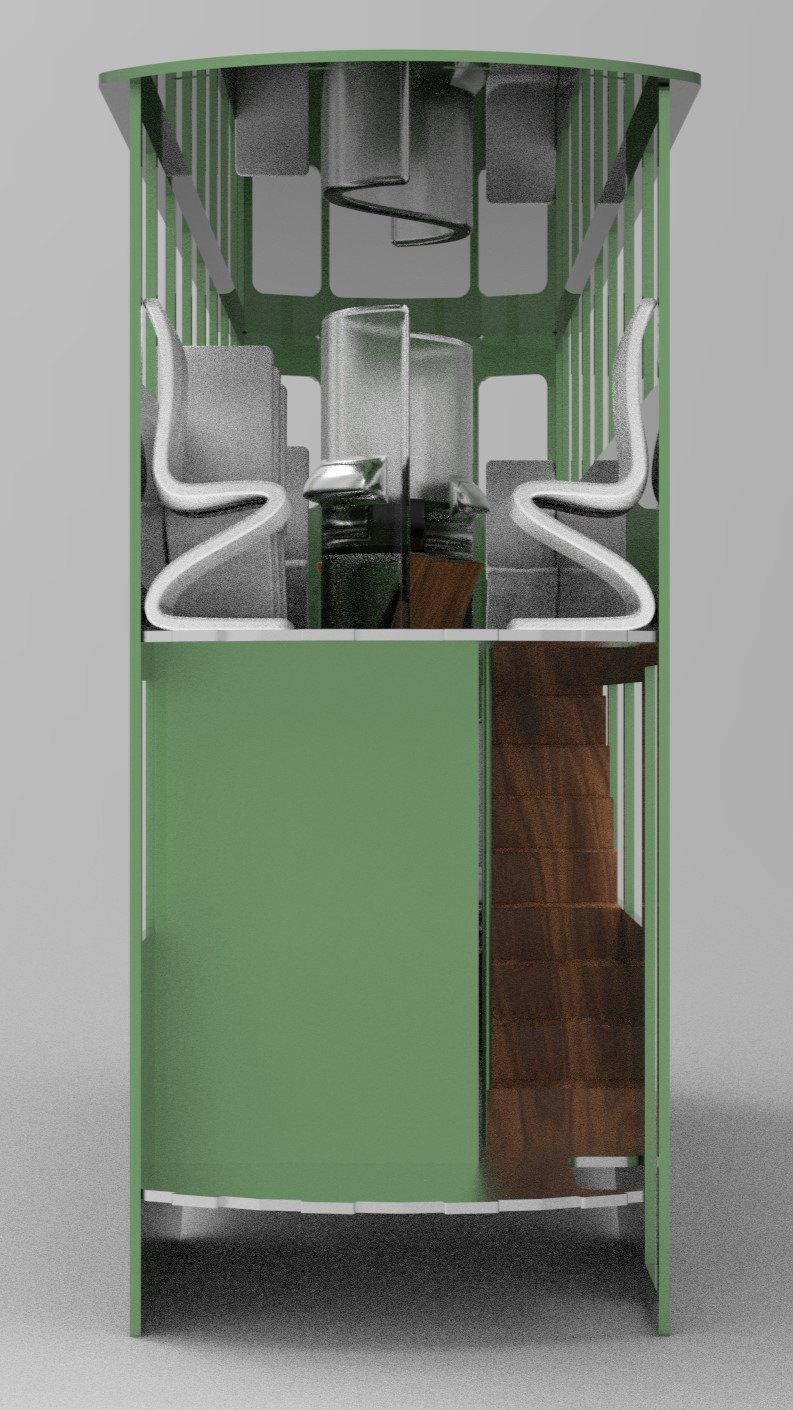
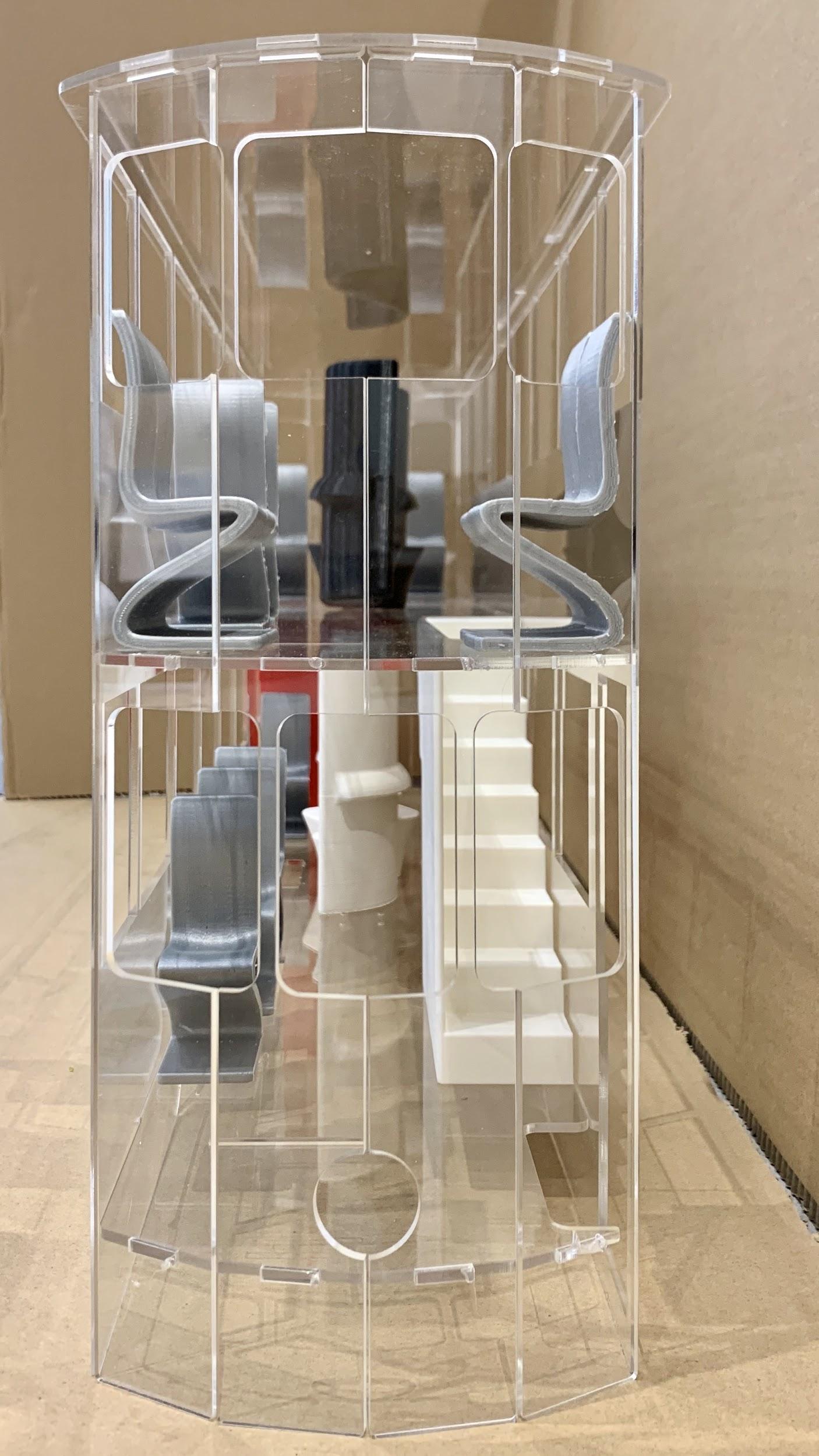
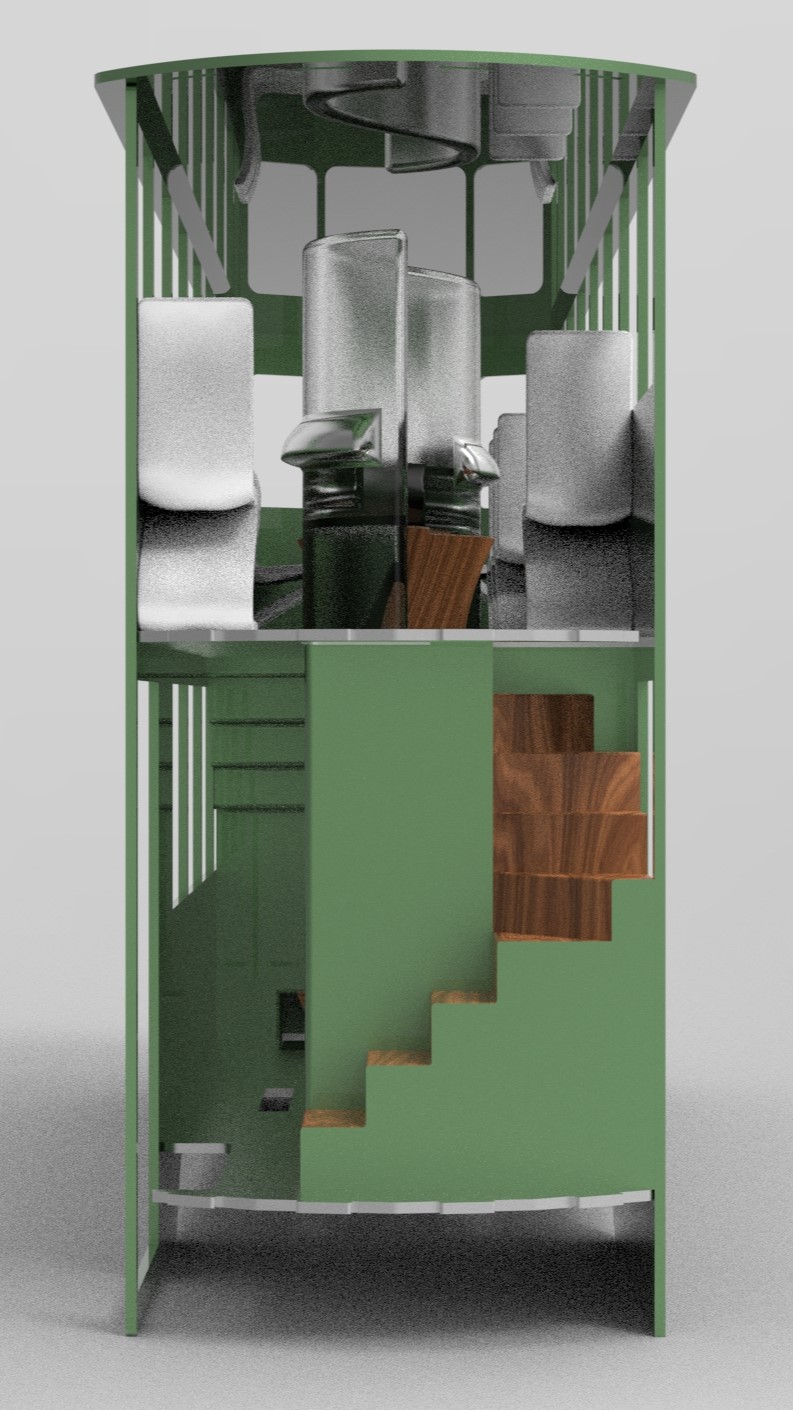
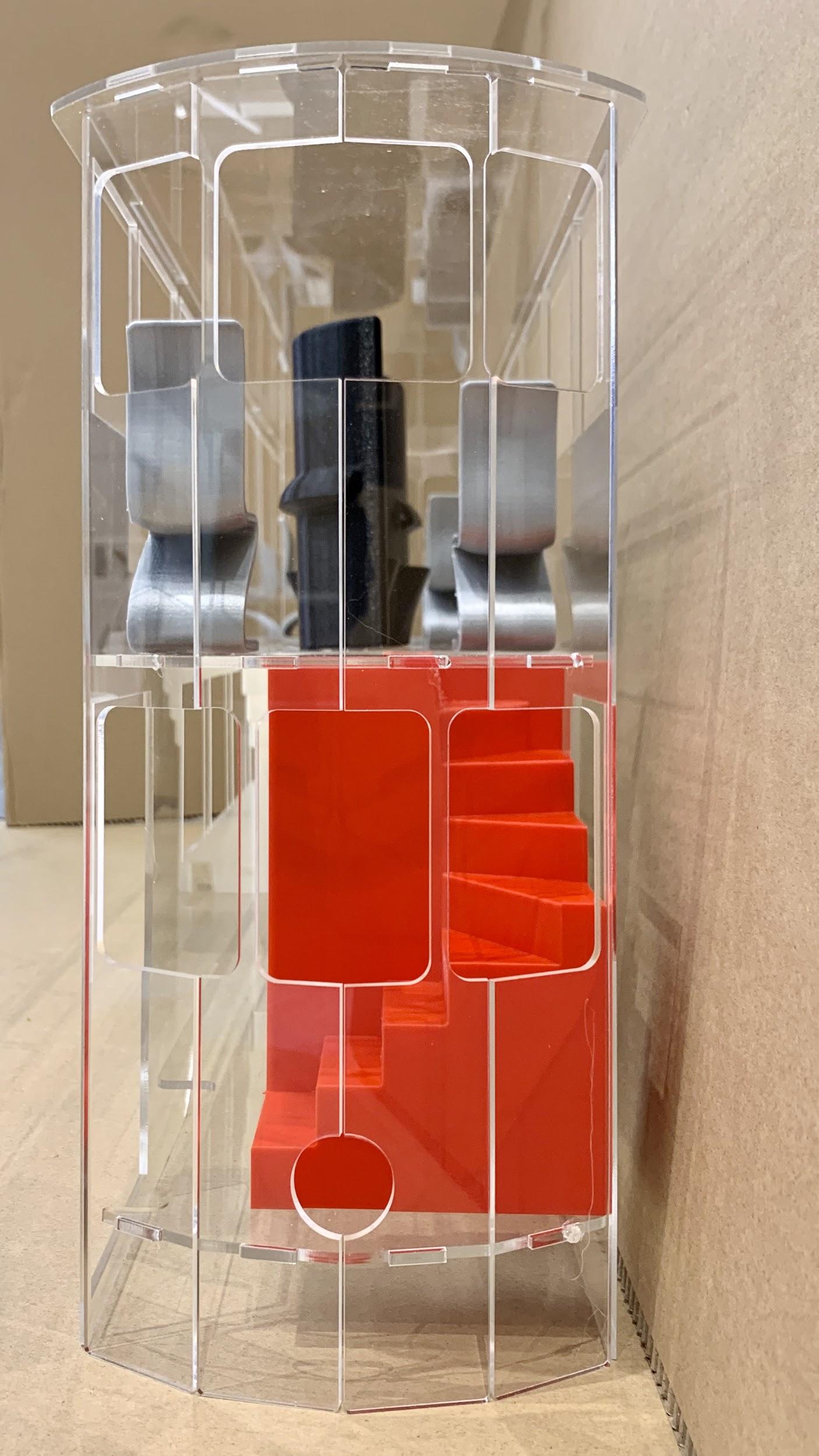


We improve the experience in the following ways:
- Passenger flow is divided from the back door and converges at the front door.
- Both deckers further separate passenger flow into two paths.
- All passageways have 60 cm in width, including staircases, allowing enough space for passengers to pass by.
- Preserve two privileged seats near the front door for elderlies, on the lower decker.
It was a nice experience and we learned a lot through this journey.
Design Exhibition
Our model was later in the design exhibition at The Hong Kong Jockey Club Atrium.
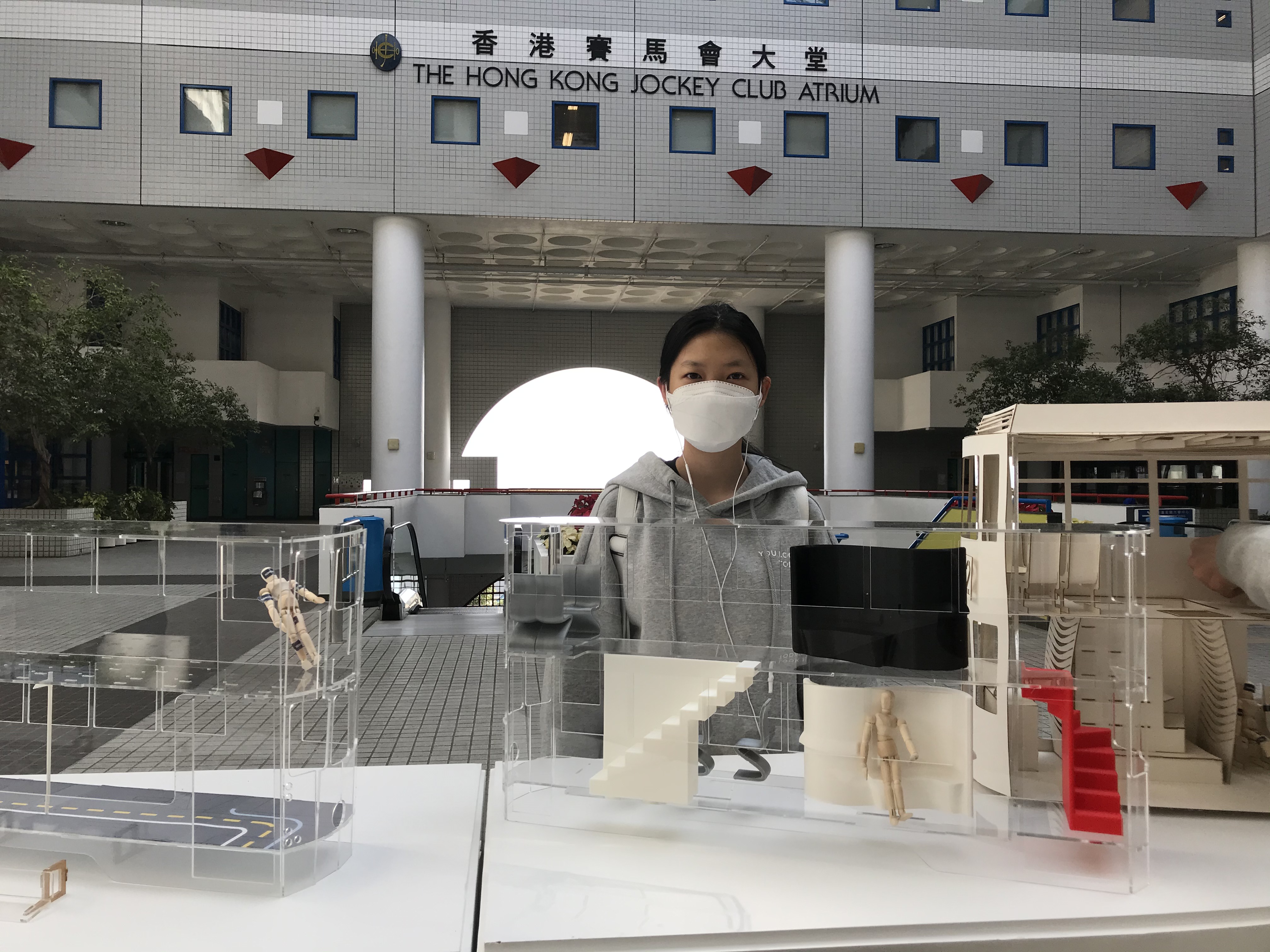
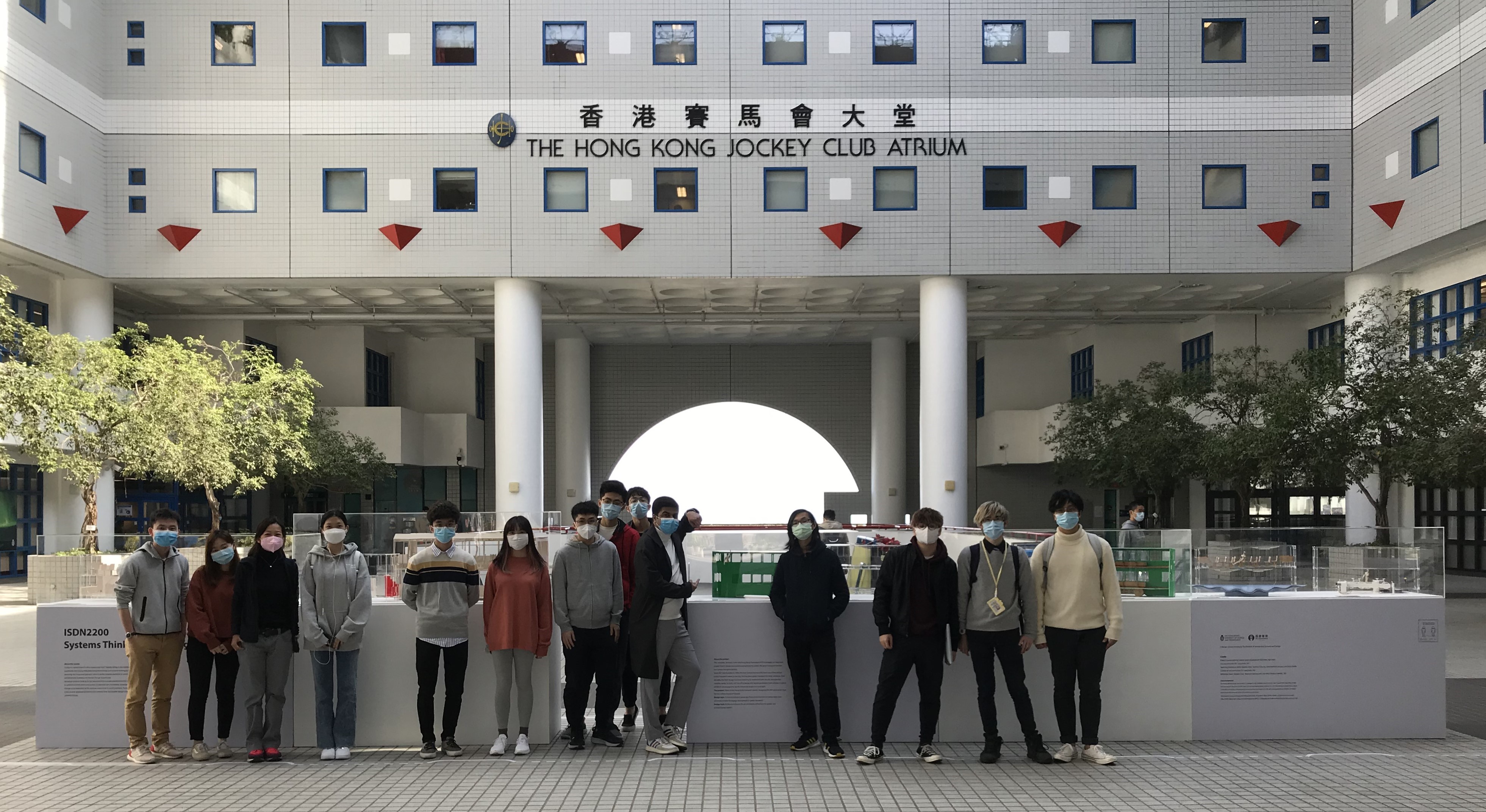
I was in Shenzhen so I couldn’t join the exhibition. 😭